
Your Frizz Isn’t Dryness — It’s Over-Conditioned
Most people describe their curls as dry, but what you’re seeing might not be dryness at all.Soft frizz, limp curls, dullness, and lack of definition
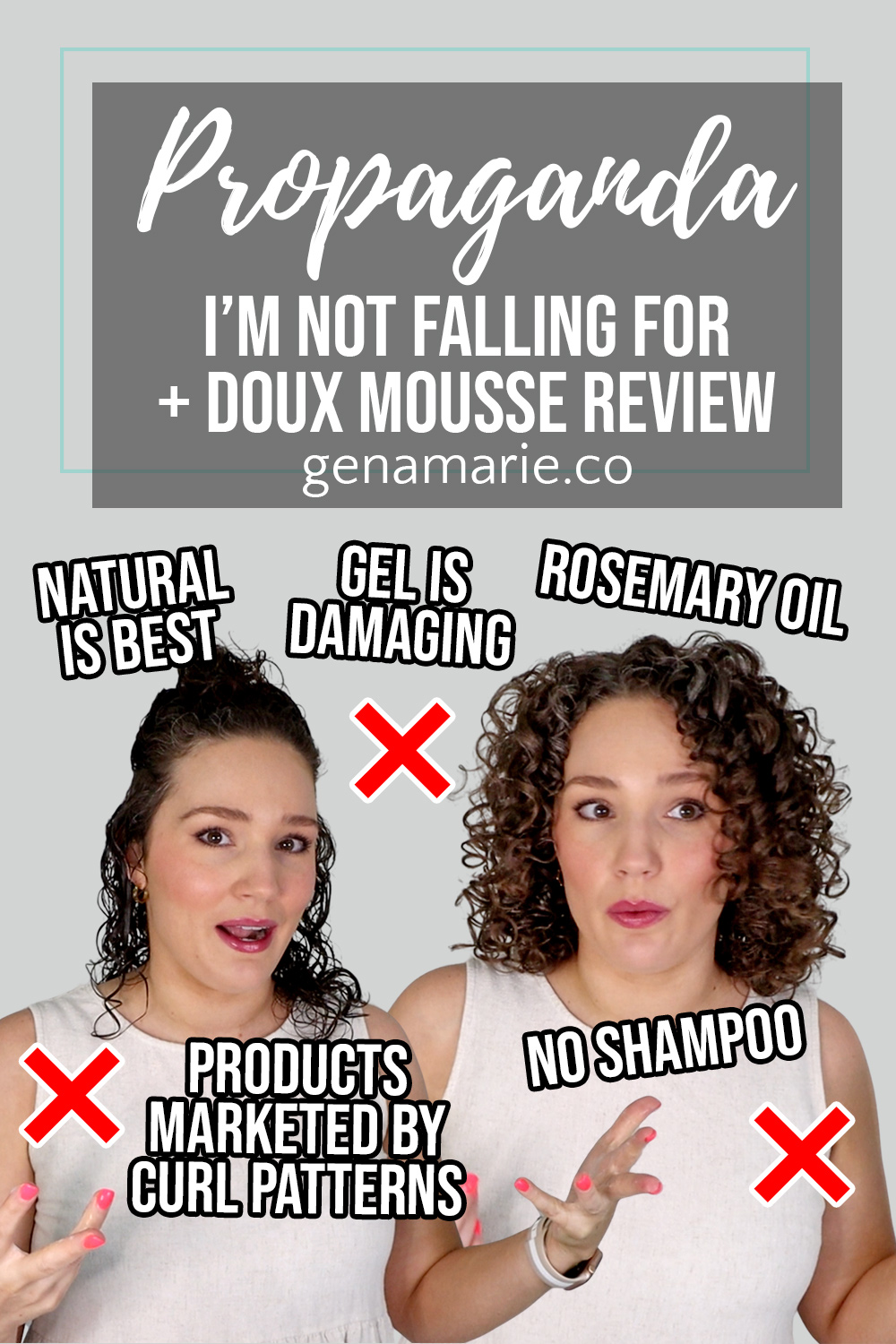
If you’ve ever felt confused, overwhelmed, or even down because your wavy or curly hair routine doesn’t look like what people on the internet swear by, this post is for you. Today I’m breaking down the curly hair propaganda I’m not falling for.
If you haven’t seen this trend going around social media, it’s basically where you share popular points of views, methods, products, and ideologies that you don’t align with.
But, let me be clear: if any of these things do work for you, that’s totally OK. Just like there’s no one-size-fits-all routine to follow, there’s no one-size-fits-all list of things to avoid, either.
This isn’t about judgment, it’s about knowledge. We don’t know what we don’t know, and if you’ve ever felt lost in information overload, that’s where I come in!
This belief might be a leftover from the days when most gels were packed with drying alcohols, and they were thick and sticky. But formulas have come a long way since then.
Today, many gels are made with humectants and conditioning agents that actually help your hair stay hydrated and defined.
In fact, when used correctly, gel can protect your curls by sealing in moisture and reducing frizz.
The key is finding the right gel, using the right amount, and applying it with the right technique for your specific hair type. I can practically guarantee that if you have not had a good experience with gel that you just haven’t found the right gel for you. This is one of the biggest things I help my clients with.
You can find my gel recommendations here, and use the filters to narrow them down based on your needs.
Most of the damage people blame on gel doesn’t come from the product itself. It comes from poor removal habits, like rough detangling or skipping proper washing routines.
People also think that the unpleasant crunchy feeling gel leaves make the hair brittle and will break, but it just needs to be scrunched out. You don’t have to be left with crunchy curls. Your hair is not finished until the cast is broken.
Bottom line: Gel won’t harm your hair; it will help your hair to last longer. You just need the right gel and technique.
A lot of so-called ‘scary-sounding’ ingredients are actually essential for product stability, performance, and hygiene. I don’t know about you, but I don’t want mold in my products or for them to go bad before I am able to use them all. 😉
Much of the fear around these ingredients comes from outdated concerns back when formulations weren’t as refined or balanced as they are now. But today, context and formulation matter far more than individual ingredients.
Silicones, for example, can actually protect the hair shaft from damage. Most shampoos, even curly shampoos, can remove silicones, unless you’re only co-washing, then there’s an issue. You can find my shampoo recommendations here, and use the filters to narrow them down based on your needs.
Sulfates, when used correctly, are effective cleansers that can be helpful, especially for buildup or oily scalps. If you’re following up with a good conditioner, your hair should not be dried out.
In my experience, natural shampoos often aren’t cleansing enough (refer to point #3) and natural gels don’t last in my humid climate and very frizzy hair.
For example, Innersense has great “natural” products that I love, but their gels can give a hard cast, but don’t last once I scrunch out the crunch, and don’t hold up in my humidity.
Words like ‘natural’ and ‘botanical’ sound great on packaging, but they don’t actually have strict definitions. In the U.S., the FDA doesn’t regulate how those terms are used in cosmetics.
I try to make healthy “clean” choices in most areas of my life when it comes to my nutrition, health, and skincare. But when it comes to curly hair products, the options can be so limited that I don’t always have the luxury of being super picky. At the end of the day, hair products are not going inside my body — it’s hair, which is “dead.” Yes, some go on our scalp/skin. But, sometimes you have to prioritize what actually works and makes your life easier over what sounds “clean” on a label.
Bottom line: Don’t fear specific ingredients. Understanding that experts have formulated products, ingredients work together in a formula, and are there for a purpose.
Some scalps genuinely need cleansing agents to stay healthy and prevent buildup. Relying on co-washing alone, especially without occasional clarifying can actually worsen scalp issues over time. It’s also important to remember that not all wavy or curly hair types need heavy moisture.
In particular, fine or low-density hair can easily become weighed down, leaving it looking flat, greasy, or lifeless when co-washing is the only method used.
This is why a lot of people who try the curly girl method say that their hair looks less curly or weighed down. It’s just not properly cleansed and over-moisturized.
Bottom line: Prioritize scalp health. Like most things in hair care, it comes down to balance and knowing what your hair and scalp actually need, not just what’s trending.
Rosemary oil has been popping up all over in hair products, paired with claims that it will make your hair grow longer and thicker.
Hair growth is influenced mostly by genetics, hormones, and overall internal health, not just by what you put on your scalp. It’s also important to understand that hair grows in cycles, typically around 3 months long, which means any product claiming to boost growth needs to be tested over an extended period to see real results.
I recommend reading LabMuffin’s analysis of this study where she uncovers several flaws in the research and how people are interpreting it. She explains how:
And just like with other ‘natural’ hair products (refer to point #2), rosemary oil and supplements aren’t regulated by the FDA. That’s why medical professionals typically recommend FDA-approved treatments like Minoxidil because those products have undergone rigorous, long-term testing on real people, with proven, consistent results.
You have to treat the root cause of your hair loss. If you stop using any topical treatment, the hair loss is likely to resume.
I recommend seeing a doctor or dermatologist and getting bloodwork done. This is how I found out that my hair loss was from an iron and Vitamin D deficiency. I could have tried all the serums and supplements in the world but it would never improve if I didn’t address the root cause which was an internal nutrient deficiency.
Bottom line: Be skeptical of miracle claims, always look at the research with a critical eye, and look to scientific experts who can proplerly analyze studies. You must get to the root cause of your hair loss.
Curl pattern is just one piece of the puzzle and honestly, not the most important one. Things like porosity, density, strand thickness, scalp condition, your climate, and even your water type play a much bigger role in how your hair behaves and what products will work best for you.
Your combination of your texture + porosity are most important when choosing products. Is your hair overly soft or more of a rough finish?
Most people don’t have just one curl pattern, and hair texture can shift over time due to age, hormones, damage, or even weather. That’s why overly rigid texture typing can be both misleading and exclusionary. For example:
Bottom line: Learn your hair’s texture, porosity, etc., and read ingredient labels to properly choose products. Don’t rely on marketing claims. Take my free Hair Type Quiz for help with learning more about your hair and ingredients.
For this routine, I did my usual styling methods to properly test this foam. I started with clean damp hair, and didn’t mist too much water since the foam styler I was using contains a lot of water.
I’ve heard so many good things about The Doux Mousse Def Texture Foam, so I finally got to try it! It felt like a usual foam, contained a lot of water and moisture. I didn’t use anything else with it to get a true read on its performance. I applied it thoroughly in sections.
For styling, I did my usual routine where I brush the product through with slight tension. I didn’t go too crazy with the brush styling. I also did some finger coiling around my face and top section for volume.
After styling, I scrunched with my hair towel and added another light glaze of mousse.
For diffusing, I did my usual routine- scrunch diffused for maximum volume and shrinkage, and used the prongs for root lift. After diffusing, I had a pretty good cast that felt like medium hold. I scrunched out some of it with dry hands and fluffed out the roots.
I used The Doux Mousse Def Texture Foam as a one-and-done styler—no leave-in, no curl cream—just applied over a heat protectant. Right away, I noticed how moisturizing and conditioning it felt. The foam had a soft, hydrating texture that gave me juicy curl clumps and a light to medium cast.
Despite being labeled a “texture foam,” it didn’t feel gritty or overly drying. There was a slight grip to the hair, which actually helped with volume and curl retention—especially helpful if your hair is overly soft or struggles to hold a style. My curls looked defined and bouncy after diffusing, and I appreciated that the mousse didn’t feel heavy or sticky.
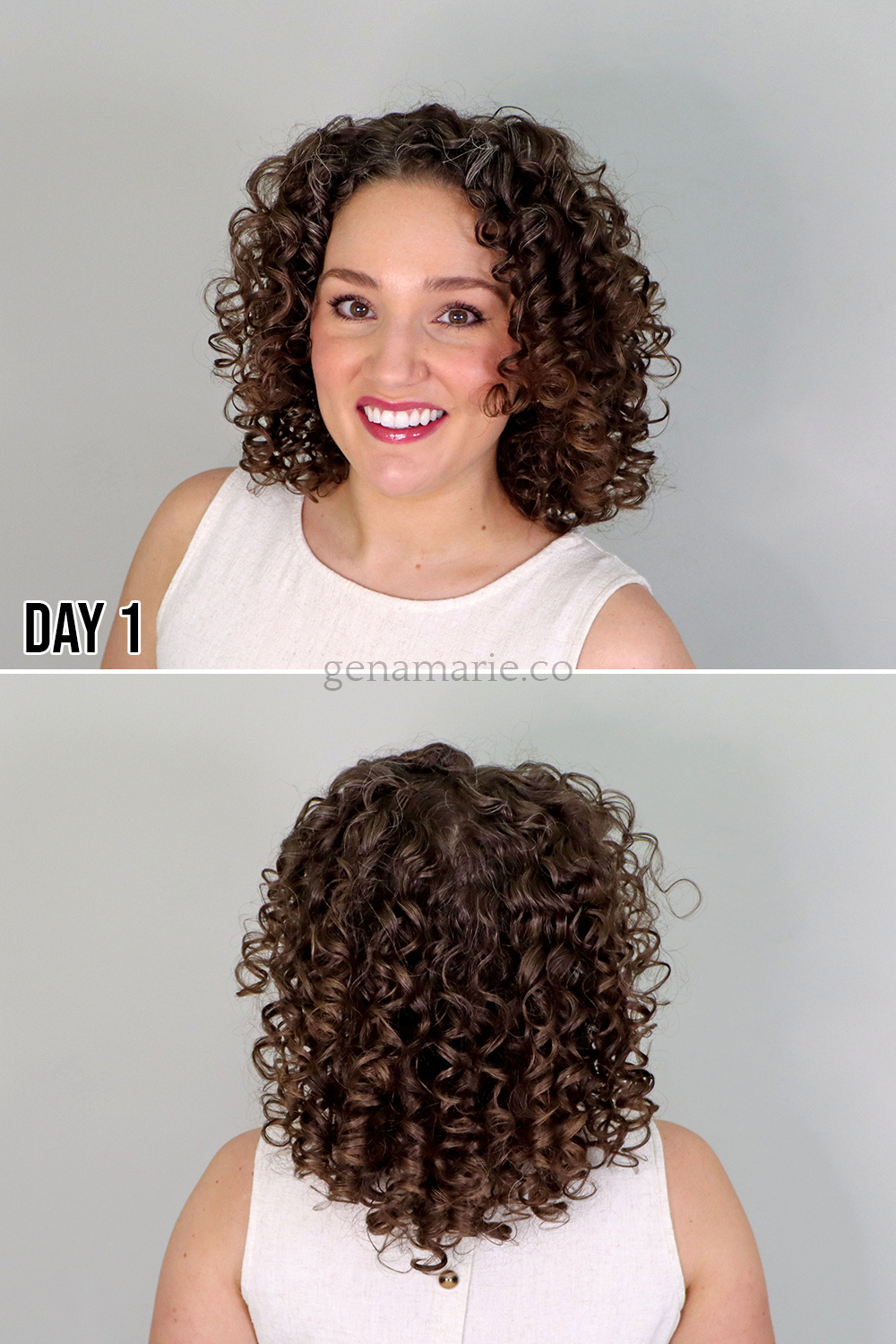
By the end of day one, I noticed some frizz starting to creep in, especially in my higher porosity sections. By day two, the frizz had noticeably increased, and I lost a fair amount of definition, particularly at the crown and outer layers of my hair. My lower porosity sections held up much better, but overall, the mousse didn’t offer enough humidity resistance on its own.
Although the product includes humidity-blocking ingredients, it still felt too moisturizing to maintain hold in very humid conditions. I also noticed a bit of product residue on my hands when fluffing my hair, which might have been due to applying too much or layering it in wetter areas.
The Doux Mousse Def Texture Foam is a well-formulated, conditioning foam that offers moisture, definition, and a soft grip without weighing the hair down. It’s easy to use and performs well as a one-and-done styler, especially for those with fine or soft hair looking to add texture and volume.
However, for frizz-prone hair or humid climates, it may not offer enough hold on its own. Next time, I’ll layer a strong-hold gel or hairspray on top to help lock in the results longer. I wouldn’t call it a high-humidity product by itself, but with the right layering, it could still be a great addition to a summer routine.
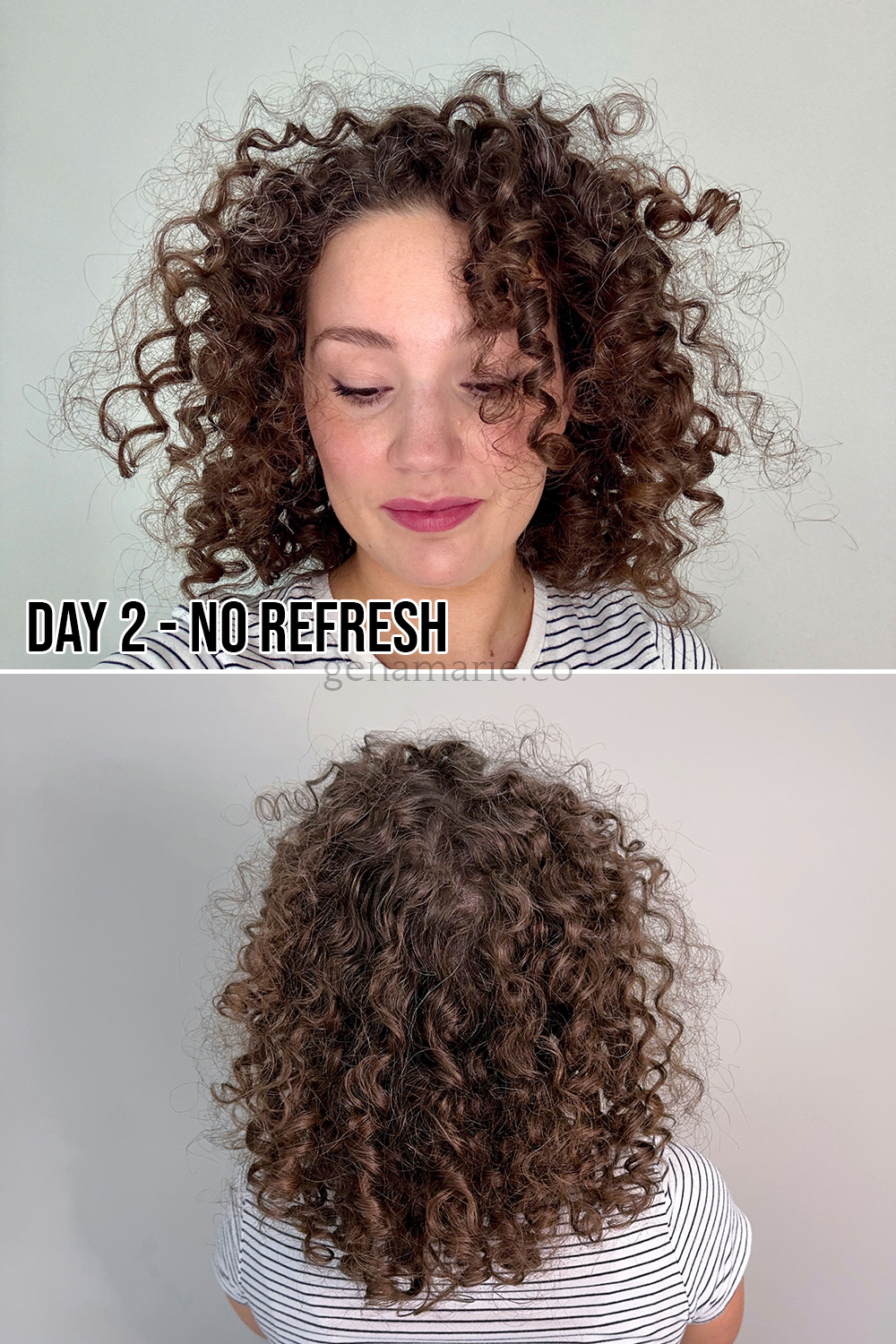
Hair care is never one-size-fits-all, and that’s especially true for wavy and curly hair. Just because something is trending doesn’t mean it’s true, or that it’s right for you and YOUR hair.
The only real way to know if a product or technique works for your hair is to try it. But to narrow down your options and avoid wasting time (and money), you need to understand your hair’s actual characteristics.
That’s exactly what my free Hair Type Quiz is designed to help with. Instead of focusing only on curl pattern, it takes a deeper look at the things that really matter like porosity, density, strand thickness, and more, so you can build a routine that actually works for your unique hair.
And if there are any wavy/curly hair myths, propaganda, or ‘rules’ you’re still unsure about, drop them in the comments! I’d love to hear from you. And who knows, maybe I’ll make a Part 2.

Rosemary Oil for Hair Growth: How To Use It
Rosemary oil and hair growth: Research, effectiveness, and tips
Does rosemary oil work for hair growth? The science | Lab Muffin Beauty Science
Formulation and evaluation of hair growth enhancing effects of oleogels made from Rosemary and Cedar wood oils – ScienceDirect
A Clinical Evaluation of the Safety, Efficacy, and Tolerability of the Soulflower Rosemary Redensyl Hair Growth Serum, Tetragain™, in Healthy Female Subjects for the Treatment of Alopecia: Promoting Hair Growth and Reducing Gray Hair – PMC

Most people describe their curls as dry, but what you’re seeing might not be dryness at all.Soft frizz, limp curls, dullness, and lack of definition

Light and medium-hold gels are one of the biggest categories out there — and honestly, most of them don’t work. I’ve tested hundreds of gels.
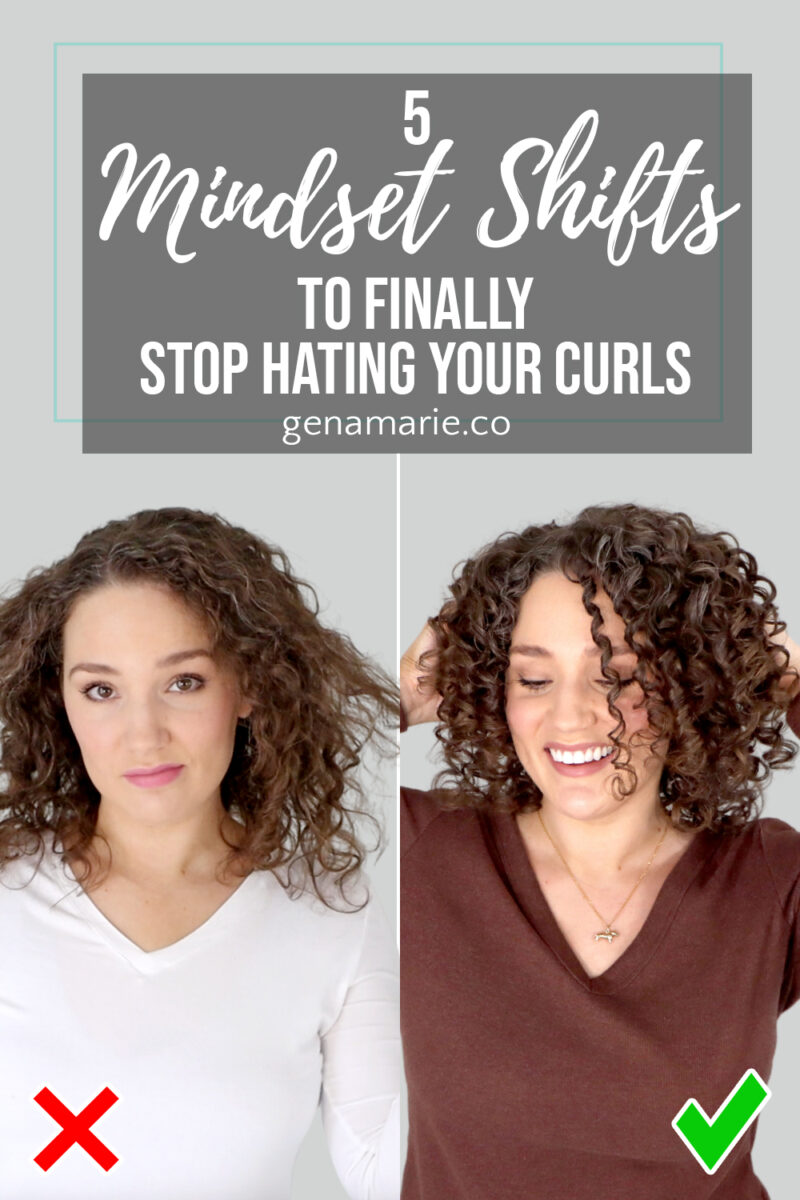
If you’ve ever felt frustrated with your hair or caught yourself thinking, “I just have bad hair,” “Nothing ever works for me,” or “My curls
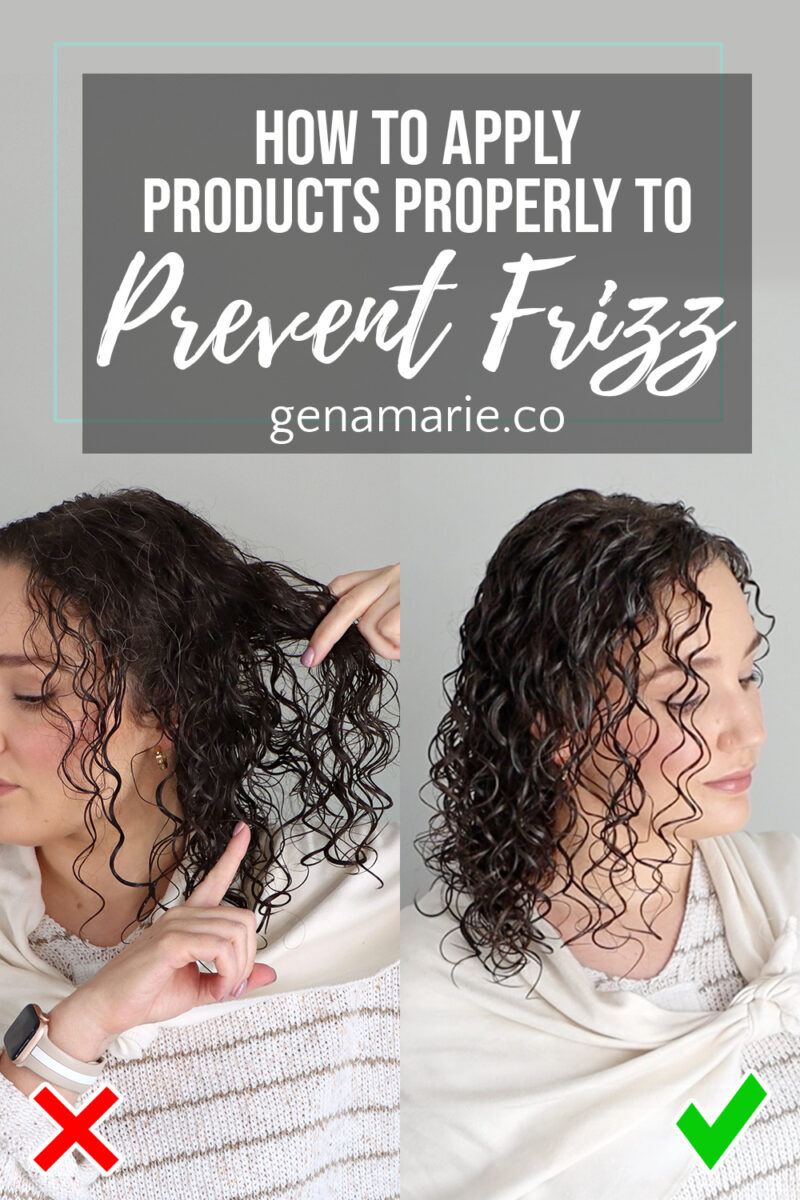
If you’re still getting frizz even though you’ve tried so many products, the issue may not be the products at all — it might be
Notifications
One Response
Why is hair gel, once considered damaging, now considered helpful in maintaining moisture and defining curls according to this article?